Researchers at tech firm DeepMind have found that a learning technique used by AI is also used by dopamine neurons in the brain.



There are a few dozen antiaging rejuvenation treatments that are progressing through pre-clinical and clinical trials.
Lifespan.io is tracking the antiaging rejuvenation treatments on a rejuvenation roadmap.
Two treatments are in phase 3 clinical trial.

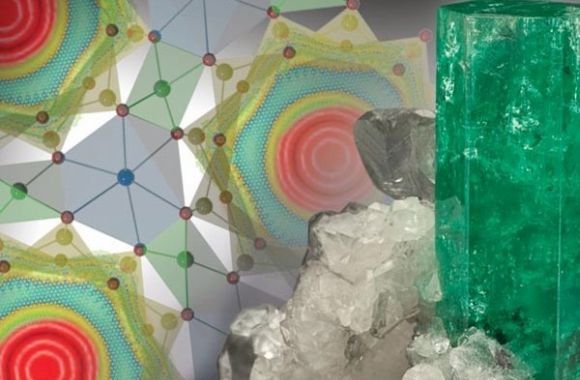
Water is special even based on its simple physical properties since it is the only substance on earth that can be found in all three states (liquid, solid, gas). However, scientists at the US Department of Energy Oak Ridge National Laboratory (ORNL) have discovered new properties of water that go beyond the known laws of classical physics says the phys.org scientific news portal.
Passes through solid walls.
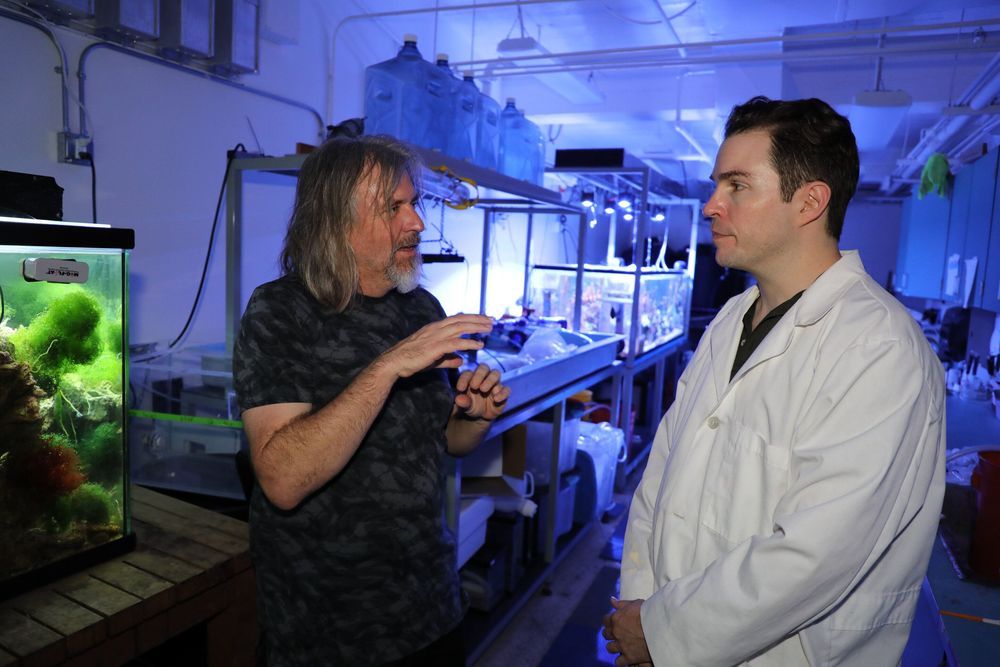
Researchers at San Diego State University have found a new way to harness food as medicine, which has far reaching implications to control harmful microbes in our gut while balancing microbial diversity by fostering the growth of beneficial bacteria.
Foods we eat commonly affect our gut microbiota. New research shows they do so by triggering the production of bacteriophage—viruses that infect and replicate inside bacteria. Compounds in these foods have an antimicrobial effect which causes the phage to replicate.
The researchers began by identifying which foods were antimicrobial, then analyzed them before narrowing it down to a shortlist. When examining growth curves of bacteria, they observed that while bacteria multiply over time, eventually their numbers plateau. However, if phages are activated, then bacterial growth stops altogether and their numbers drop dramatically until they’re depleted.
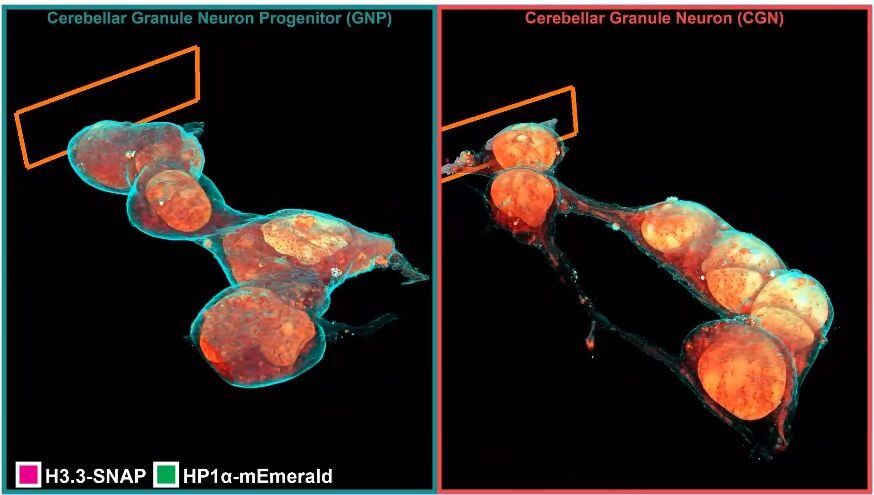
Inside a cell, tentacled vesicles shuttle cargo for sorting. DNA rearranges in the nucleus as stem cells differentiate into neurons. Neighboring neurons cling to one another through a web-like interface. And a new microscopy technique shows it all, in exquisite detail.
The technique, called cryo-SR/EM, melds images captured from electron microscopes and super-resolution light microscopes, resulting in brilliant, clear detailed views of the inside of cells—in 3D.
For years, scientists have probed the microscopic world inside cells, developing new tools to view these basic units of life. But each tool comes with a tradeoff. Light microscopy makes it simple to identify specific cellular structures by tagging them with easy-to-see fluorescent molecules. With the development of super-resolution (SR) fluorescence microscopy, these structures can be viewed with even greater clarity. But fluorescence can reveal only a few of the more than 10,000 proteins in a cell at a given time, making it difficult to understand how these few relate to everything else. Electron microscopy (EM), on the other hand, reveals all cellular structures in high-resolution pictures—but delineating one feature from all others by EM alone can be difficult because the space inside of cells is so crowded.

CAPE CANAVERAL, Fla. (WTHR) — SpaceX plans to intentionally blow up a rocket on Saturday morning.
The test is being conducted in advance of a piloted flight.
The test, which is scheduled for Saturday morning, will demonstrate the spacecraft’s capabilities to safely separate from the rocket in the event of an in-flight emergency.
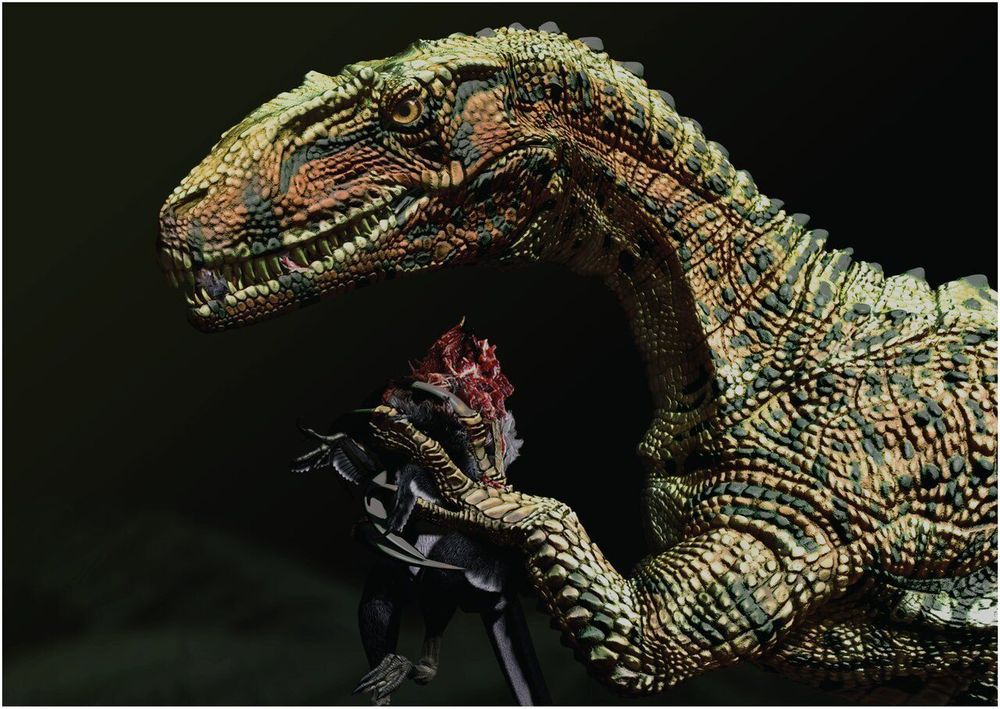
A team of researchers from the University of New England, the Australian Age of Dinosaurs Natural History Museum and Swinburne University of Technology, all in Australia, has identified fossils found near Winton as remains of the largest theropod found to date in Australia. In their paper published in the journal Royal Society Open Science, the group describes the bones they found and its likely species.
In 2017, a farmer in the central-western Queensland town of Winton discovered several fragmented bones on his property. Suspecting they might be dinosaur fossils, he contacted the Australian Age of Dinosaurs Natural History Museum. A team was assembled, and a dig was established. The researchers found 15 more limb and vertebrae fossils.
The fossils closely resembled Australovenator wintonesis—a theropod species that was discovered in Australia in 2006. Theropods are a group of large, bipedal, carnivorous dinosaurs—included in the group are both Tyrannosaurus rex and Velociraptor. The newly found fossils are bigger than those of the specimen found in 2006, making it difficult to determine if the two specimens are the same species. The fossil size suggests the creature was approximately two meters tall and five to seven meters long. The researchers are not ruling out the possibility that the fossils belong to an undiscovered species. But the larger size indicates that the find represents the largest known carnivore to have lived in Australia.

Elon Musk’s Boring Company has made plenty of progress with its Las Vegas Convention Center people mover. The underground tunnel is now about 50% complete and around six football fields in length, according to the Las Vegas Convention and Visitors Authority.
The Boring Company officially started tunneling for the people mover after a ceremonial groundbreaking event on November 15. In just two months, the project is nearly halfway completed.
The company’s Tunnel Boring Machine (TBM) has been 40 feet underground for months and is working to drill two, one-mile-long tunnels. Boring Company began shipping portions of the TBM to the site in Las Vegas in September. Since then, the project has really started to take shape.
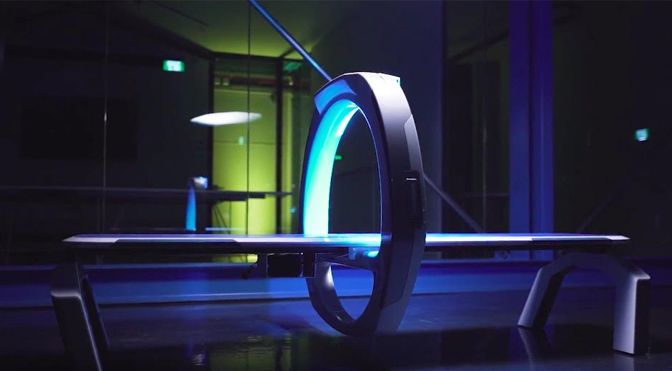
We’re still a long way from Star Trek-style tricorders that can instantly diagnose disease, but medical startup Nanox is hoping to bring a little of the 24th century to a hospital near you. The company has unveiled a new low-cost X-ray scanner called the Nanox. Arc. It hopes to deploy 15,000 units in the coming years, with the aim of making medical scans more available and affordable.
Nanox was founded in 2016 by Japanese venture capitalist Hitoshi Masuya in partnership with Sony. The consumer electronics giant later bowed out, but Masuya joined forces with current CEO Ran Poliakine to split the company’s operations between Israel and Japan. Nanox has now raised a total of $55 million to fund the development of Nanox. Arc, which supposedly offers the same capabilities of traditional X-ray machines with a much smaller footprint and lower operating costs.
Current X-ray machinery is bulky, requiring arrays of rotating tubes with superheated filaments that produce electron clouds. When moved near a metal anode, the filament produces the X-rays needed for imaging. These giant analog contraptions require heavy shielding to keep patients safe, and they use a lot of power. There’s also a substantial upfront cost that can run $2–3 million. The Nanox. Arc, on the other hand, uses silicon micro-electromechanical systems (MEMs) in the form of more than 100 million molybdenum nano-cones that generate electrons.